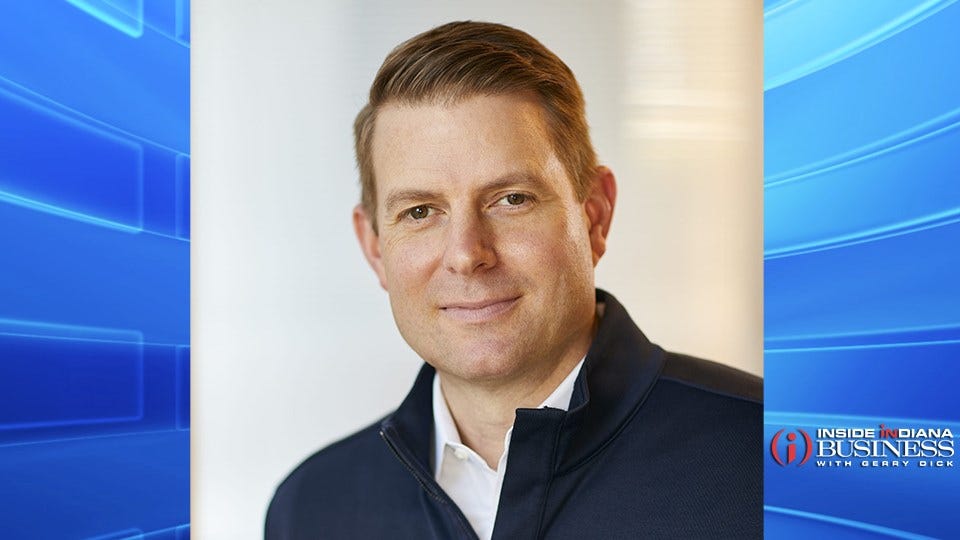Curing Health Care Complexities is Possible with Precision Health

Subscriber Benefit
As a subscriber you can listen to articles at work, in the car, or while you work out. Subscribe NowIn 2016, far before the pandemic, the U.S. ranked last for health care access and quality among comparable developed countries and spent more money on health care than any developed country in the world. As our country approached 2020, the COVID-19 pandemic challenged our health care system in a way that exposed many critical problems we can no longer disregard.
Disparate information systems hampered doctors, nurses and administrators as they cared for critical-care patients with unique medical histories and lifestyles. The lack of access to patients’ data, including medical histories and lab test results, significantly slowed efforts to provide the best care and, in turn, potentially save more lives. Cross-collaboration between technology, health care, business and government leaders would have ensured doctors had relevant, real-time data to make the best decisions for patients. A connected, cloud-based system, or a Precision Health Insight Network (PHIN), would have also provided a clear path to improve the U.S. healthcare system overall. To fully embrace the lessons learned and prevent another breakdown in health care response, leaders in health care, government, and technology industries must collaborate to properly prepare in the future. Among the challenges this pandemic laid bare — and the solutions below to avoid the unknown in the future — supply a blueprint to care for a large population and the intricacy of individual communities through a PHIN.
System ripe for improvement
Proactively planning for the inevitable should be a part of any crisis plan, but the pandemic showcased why the healthcare system needs to identify emergency supply chains instead of relying on a single source and why redistributing resources (canceling elective surgeries, reprioritizing units) across the same or nearby hospital systems better positions providers for an influx of patients in case of natural disaster, a terrorist attack or in this case, a global pandemic. It isn’t that our healthcare system didn’t want to be adaptable, but they lacked the tools to cross-collaborate among the many decision-makers that are frequently involved in large-scale crises like a pandemic. When things become more chaotic in a hospital emergency room there isn’t time to stop and develop a plan of attack. These tools have to be in place long before doctors and providers are in the middle of the chaos.
Overwhelming complexity
The lack of data transparency between local agencies and healthcare systems prevented an efficient and effective public health response during the initial days of the COVID-19 pandemic. Physicians caring for patients worked without necessary patient information that would have enabled them to do their jobs more effectively. Medical history, genetic predispositions and anomalies, allergies and other background information are not housed in one centralized location, making it difficult for patients who need to see a specialist or more than one provider at a time to receive high-value care. These siloed networks increase the risk of adverse events and place the responsibility on the patient to provide all the information a doctor needs — which in many cases a patient cannot give or remember.
Rising costs and increased waste
U.S. patients and their families pay more for medical care than anywhere else in the world largely because inefficiency is expensive. The trial-and-error testing and prescribing methodology in use today means doctors order tests that are not necessarily needed and the sickest people who need care the most don’t seek the care they need because the cost can be exorbitant. Digital health technology has long been described as an equalizer for medicine, but the data we put into it is almost useless without an organized method to ingest, share and normalize it into actionable information that is meaningful for providers and patients.
Gaps in access to care
As more Americans were infected with COVID-19, rural communities and urbanites alike struggled to access care. This led to a delayed assessment by health officials and government leaders as to how quickly COVID-19 was spreading, especially in marginalized communities. How do we reach people where they are instead of forcing them to travel to a central location for healthcare? Many doctors began offering telehealth services, but the internet infrastructure in rural areas and for those with limited technical knowledge or access to technology showcased how important it is to have a healthcare system that can adapt to changing patient needs in an effort to provide them the best care. Many of these marginalized groups simply went without, which undoubtedly exacerbated the spread of infection. The technology was there, but it was not being used in an efficient way.
Why are these challenges so difficult to rectify and why haven’t more health care leaders adopted precision health? We have networks that recommend targeted news and entertainment to us; we have complex networks that enable independent banks to work together, so we aren’t all standing in line to conduct transactions each day. Rapid advances in secure cloud technologies that power machine learning, artificial intelligence and big data are being used every day in other industries and can easily be adopted in healthcare as well. Overall, Precision Health Insight Networks would reduce the cost of healthcare, reduce waste, and ensure patients have access to impactful, high-value, precision health care
